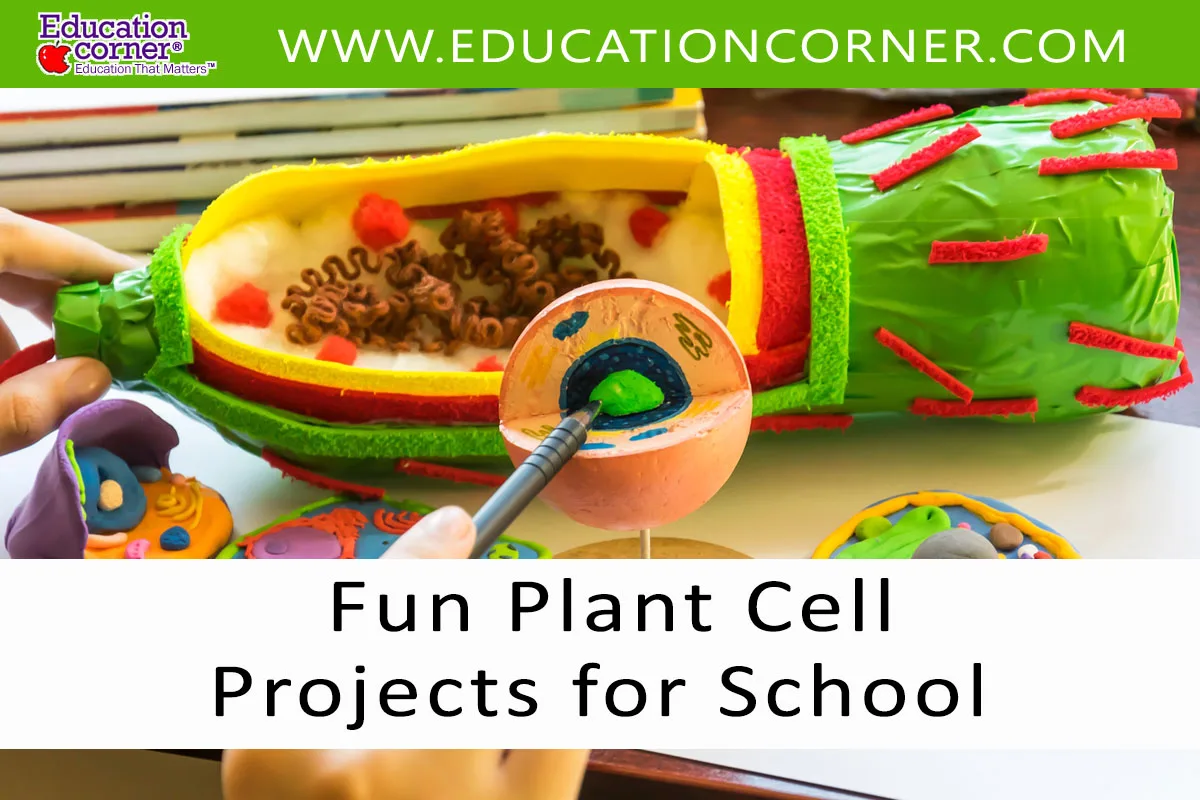Plant cell projects offer a unique opportunity to transform complex scientific concepts from intimidating diagrams into interactive, tangible learning experiences.
This roundup features a variety of creative, interactive activities that encourage students to explore and build models of plant cells, making the learning process both fun and informative.
From creating edible cell models to conducting experiments that reveal the secrets of photosynthesis, these hands-on activities will make learning about plant cells fun and memorable.
1. Jello Plant Cell Model
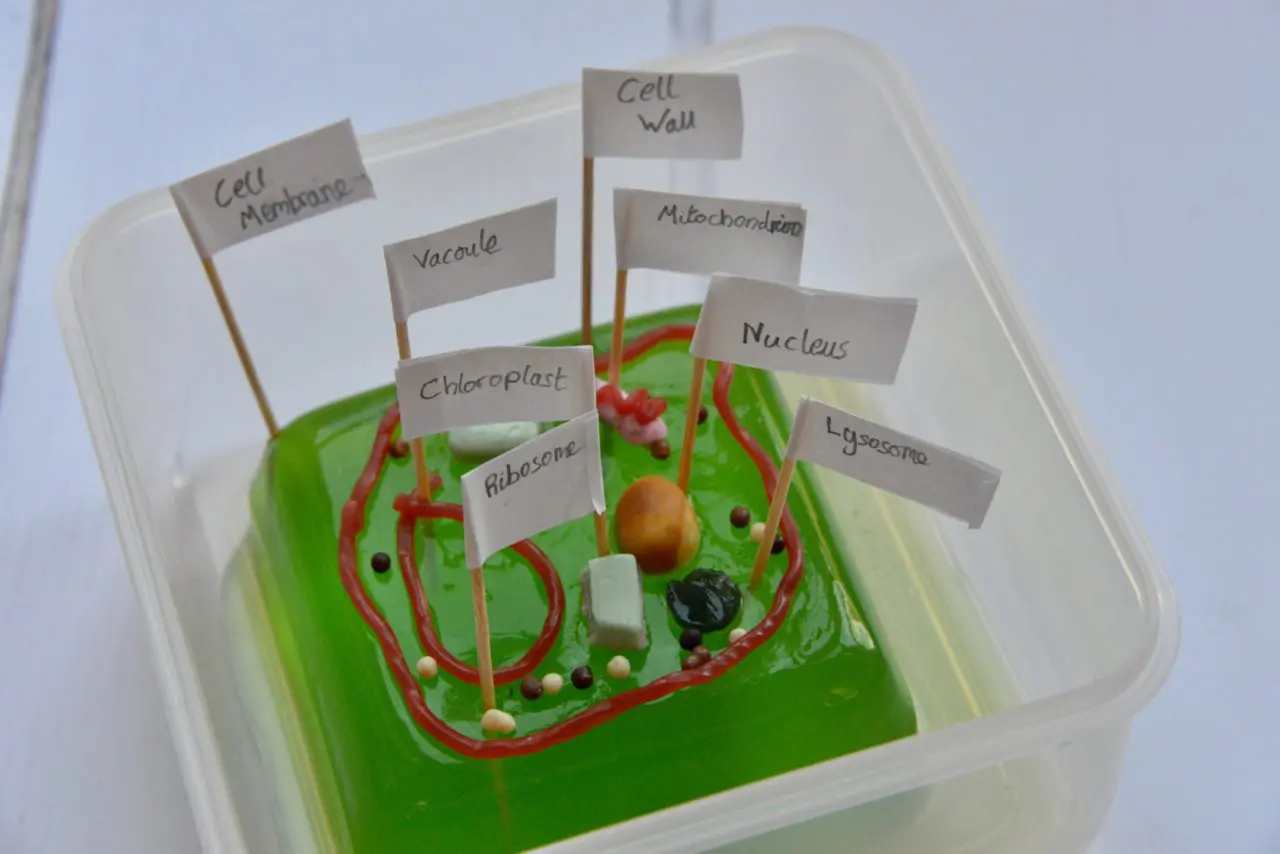
Creating a Jello plant cell model is an engaging way for students to explore the structure of plant cells. By using different candies and items to represent cell organelles, this project makes abstract biology concepts more tangible
Learn more: Science Sparks
2. Plant Cell Board
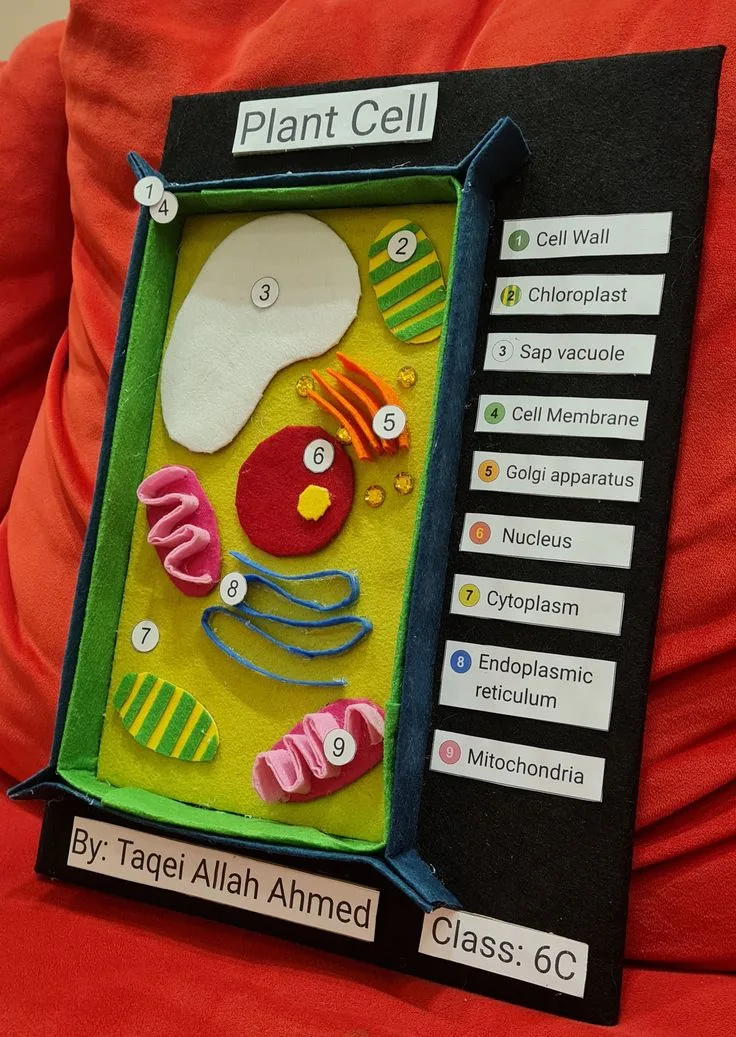
The Plant Cell Board project is a clean and organized way for students to showcase their understanding of plant cell structures. By using a labeled diagram with clear labels on the side, students can neatly display each cell component, such as the nucleus, chloroplasts, and cell wall.
Learn more: Pinterest/Marwa Sami
3. Plant Cell Model with Noodles
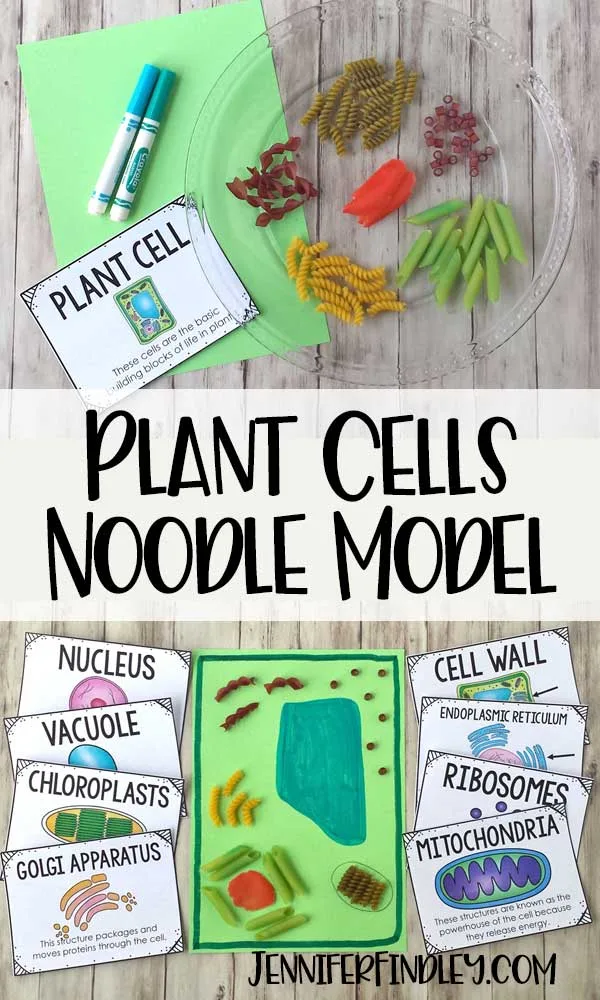
Using noodles to create a plant cell model offers a unique and interactive approach to learning. Different types of pasta can represent various cell organelles, such as penne for mitochondria or lasagna sheets for the cell wall.
Learn more: Jennifer Findley
4. Polymer Clay Plant Cell Model
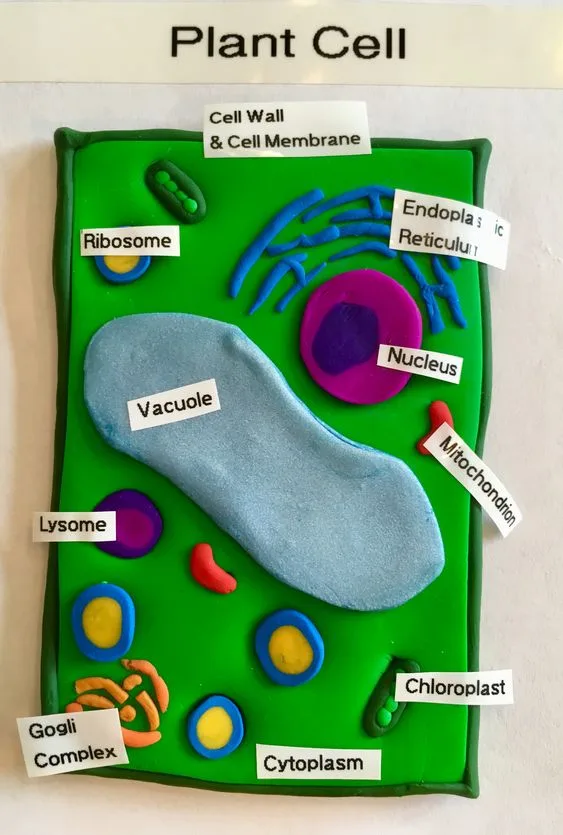
Creating a plant cell model using polymer clay allows students to design a detailed and durable representation of cellular structures. By sculpting each part, students gain a deeper understanding of the functions and roles within the plant cell.
Learn more: Pinterest/Michelle Ferguson
5. 3D Plant Cell Board
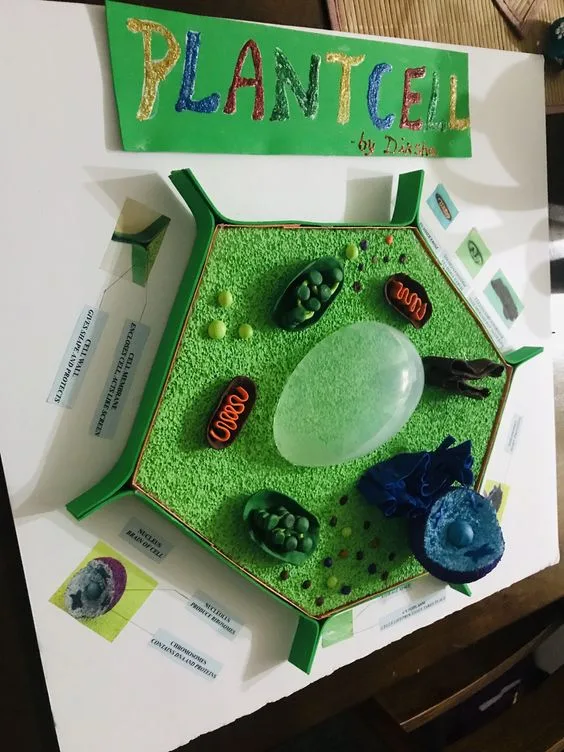
The 3D Plant Cell Board project brings plant cell anatomy to life with a multi-dimensional display. By using various materials to create raised organelles, students can present a realistic, hands-on model that highlights the spatial relationships between the cell’s components.
Learn more: Pinterest/Shannan Whitt
6. Plant Cell Cake Mode
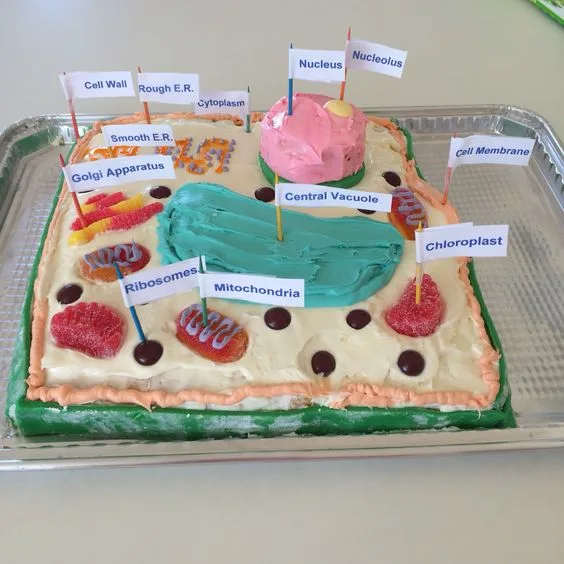
The Plant Cell Cake Model combines baking with science, offering a creative and delicious way to explore plant cell structures.
By using different colored frostings and edible decorations to represent organelles like the nucleus, chloroplasts, and mitochondria, students can craft a visually accurate model while enjoying the process of cake decorating.
Learn more: Pinterest/Lila
7. Crafting A 3D Plant Cell with Styrofoam
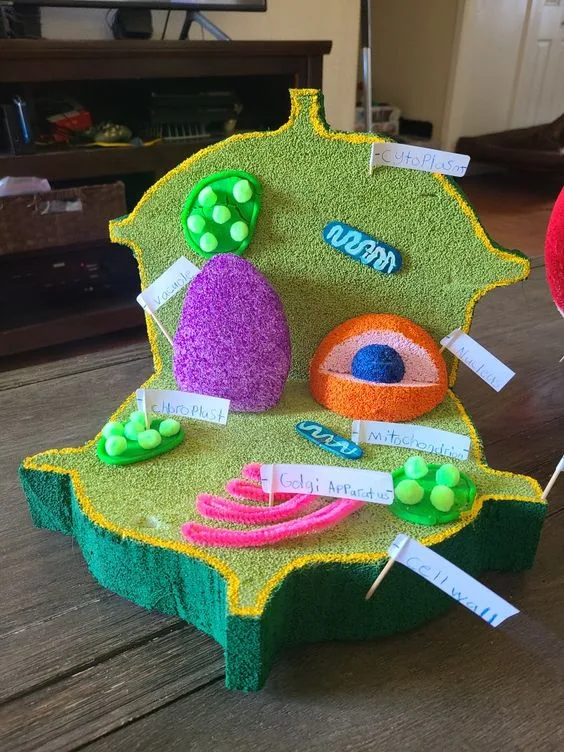
Building a 3D plant cell using Styrofoam offers a sturdy and detailed way for students to study plant cell structures.
The Styrofoam 3D plant cell model is an excellent educational tool for science presentations or classroom displays, offering a long-lasting and visually appealing representation of plant cell anatomy
Learn more: Pinterest/Melissa Baker
8. Made By Candies Plant Cell Model
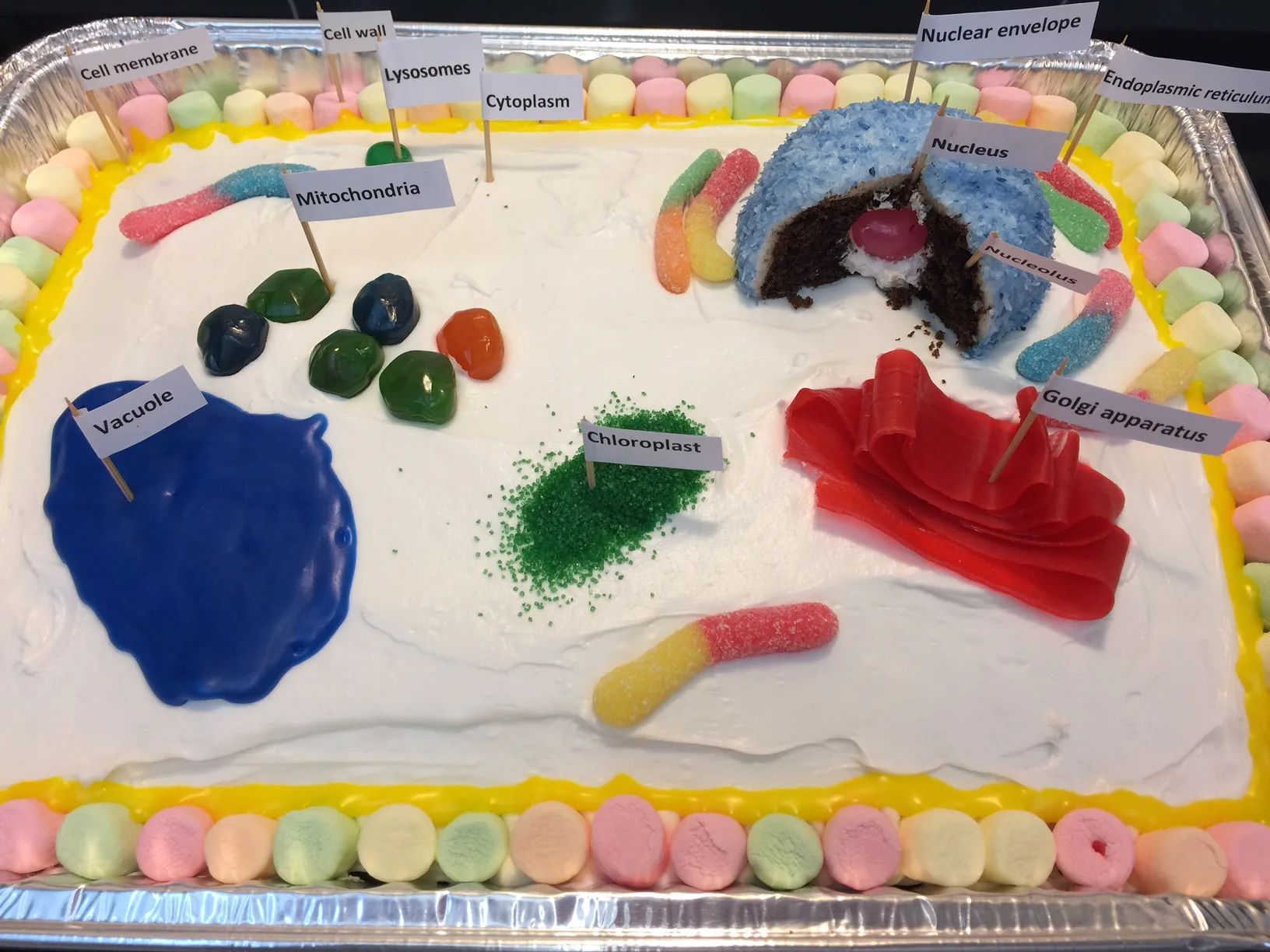
Crafting a plant cell model using candies is a playful and engaging way for students to learn about cell structures. This edible project makes learning biology fun and memorable by allowing students to associate each sweet treat with the corresponding cell function.
Learn more: Read Write Mom
9. Plant Cell Cardboard 3D Model
Creating a 3D plant cell model using cardboard offers students an eco-friendly and hands-on approach to learning about cell structures.
This project is an ideal choice for students who enjoy working with recyclable materials while creating a visually dynamic and educational display.
10. Stitched Model
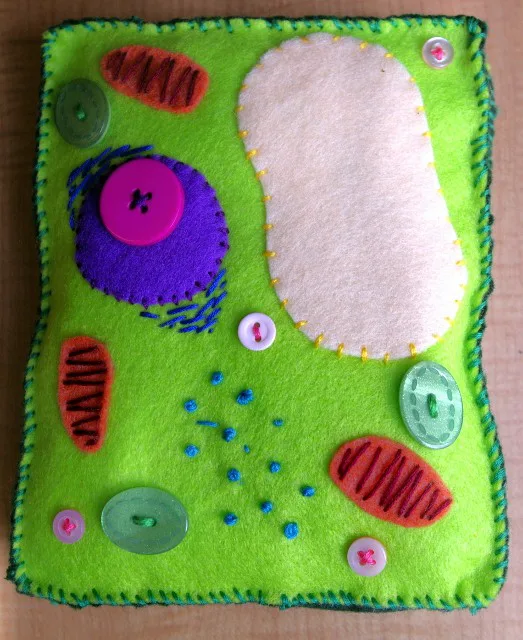
A stitched plant cell model is a unique way for students to explore cell anatomy through fabric and thread.
This tactile project enhances understanding by allowing students to interact with the material in a detailed and creative way.
Learn more: Becky Button
11. Edible Plant Cell Model In A Tub
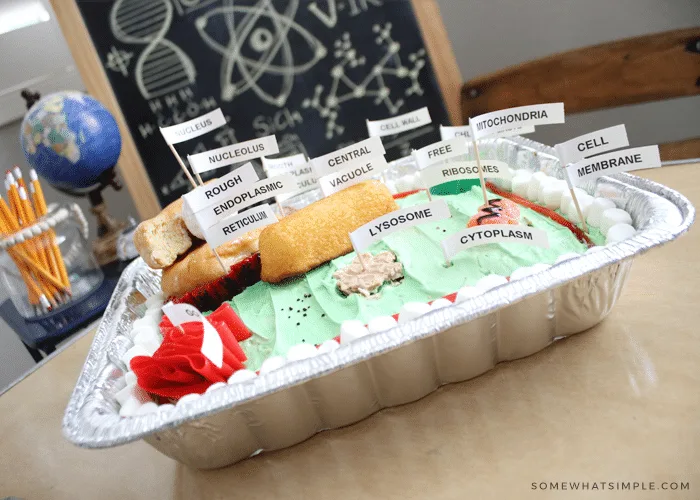
The Edible Plant Cell Model in a Tub is an innovative way to teach students about plant cell structures using fun, edible ingredients. The tub format allows for easy assembly and transport, making it perfect for classroom presentations or science fairs.
This sweet and educational project brings biology to life in a deliciously memorable way.
Learn more: Somewhat Simple
12. 3D Mint Tin Cell Model
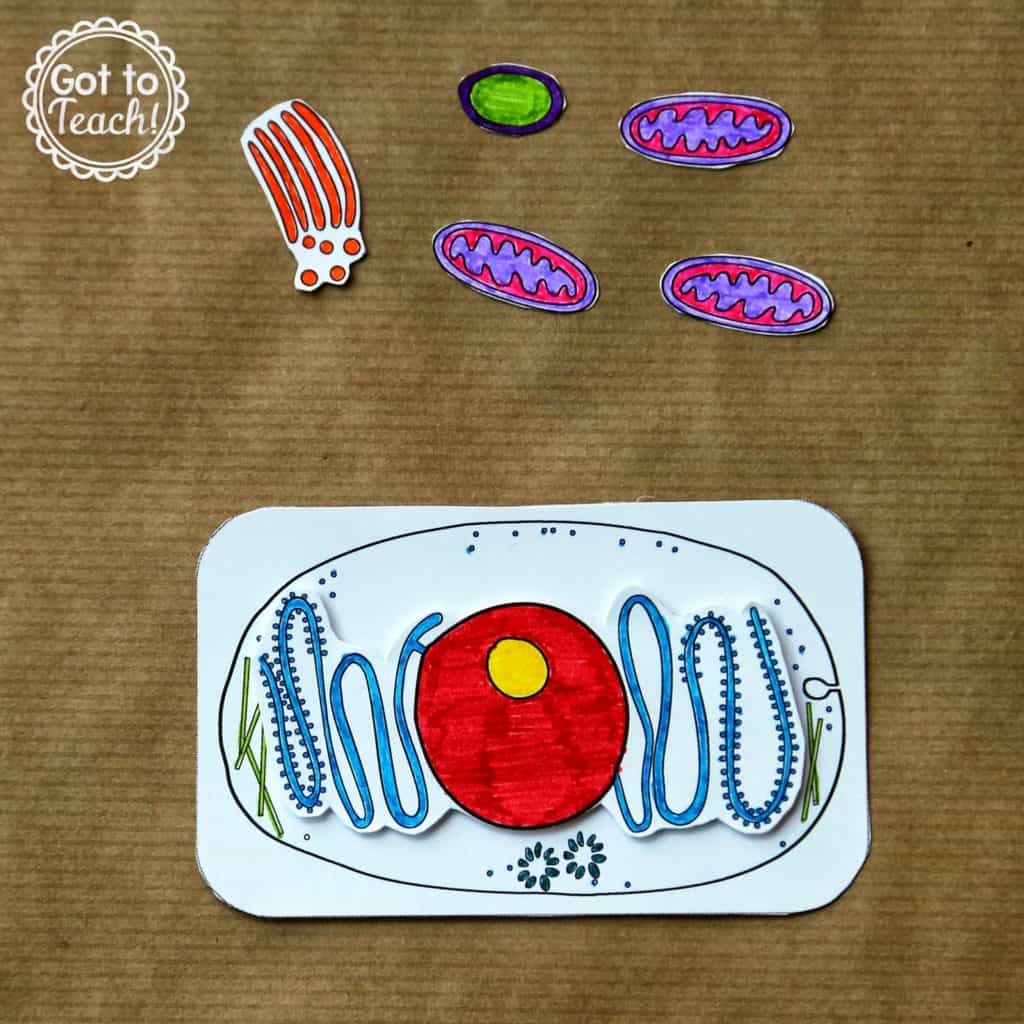
The 3D Mint Tin Cell Model offers a unique and compact way for students to explore plant cell structures using an ordinary mint tin as a base.
Learn more: Teacher Thrive
13. Felt 3D Plant Cell Model
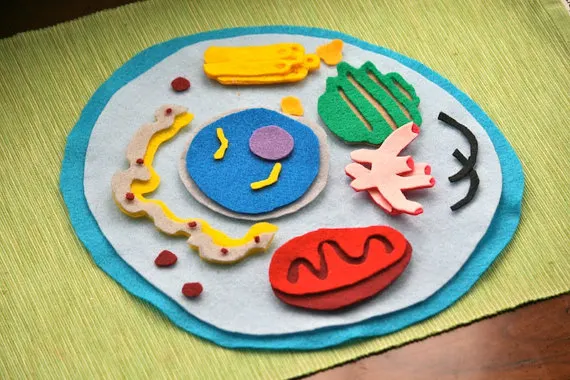
By cutting and stitching various felt pieces to represent organelles like the nucleus, chloroplasts, and cell wall, students can assemble a soft, three-dimensional model that vividly illustrates plant cell anatomy.
Learn more: Owlcation
14. Mini Plant Cell Cake
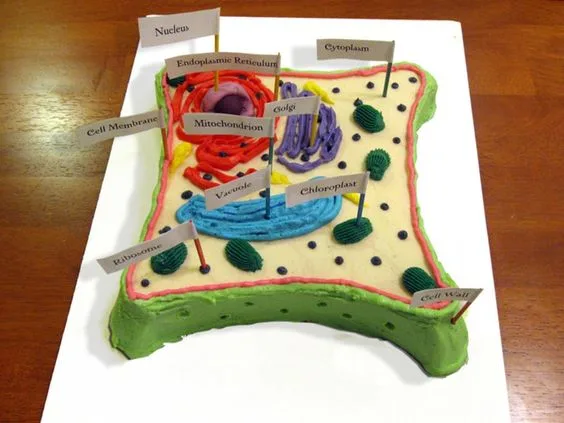
The Mini Plant Cell Cake is a fun and creative way to teach students about plant cell structures through baking. Perfect for classroom celebrations or science fairs, This mini cake project allows students to learn about cell anatomy while enjoying a sweet treat, making science both enjoyable and delicious.
Learn more: Pinterest/Cake Central
15. Plant Cell Cut and Paste
The Plant Cell Cut and Paste project is an engaging way for students to learn about plant cell structures by assembling a model from pre-cut shapes. Students can cut out organelle pieces from colored paper or cardstock and paste them onto a blank template of a plant cell.
Learn more: Living Life and Learning
16. Cell Wheel Foldable
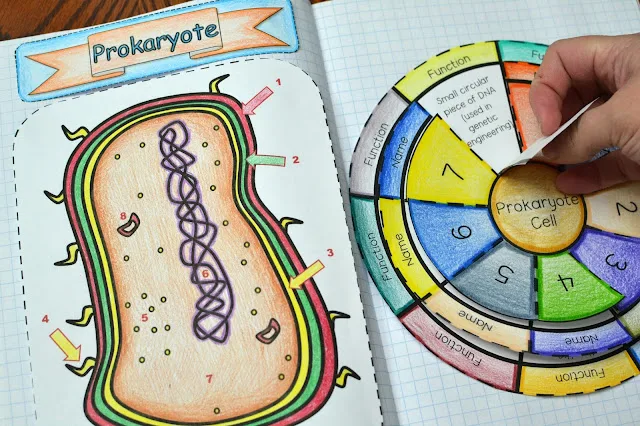
The Cell Wheel Foldable is an innovative and interactive way for students to explore and understand cell structures and functions. This hands-on project involves creating a rotating wheel that features different organelles of plant and animal cells on separate sections.
Learn more: Common Core Material
17. DIY Plant Cell Board
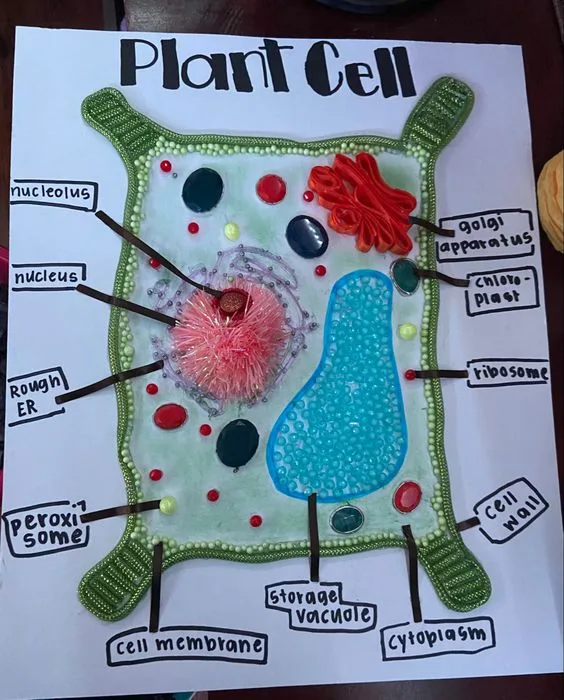
The DIY Plant Cell Board project invites students to create their own visual representation of plant cell structures using various materials.
By utilizing items such as cardboard, paper, and craft supplies, students can design a detailed board that highlights key organelles like the cell wall, chloroplasts, and vacuoles.
Learn more: Pinterest/Graciela Medina
18. Plant Cell Craft
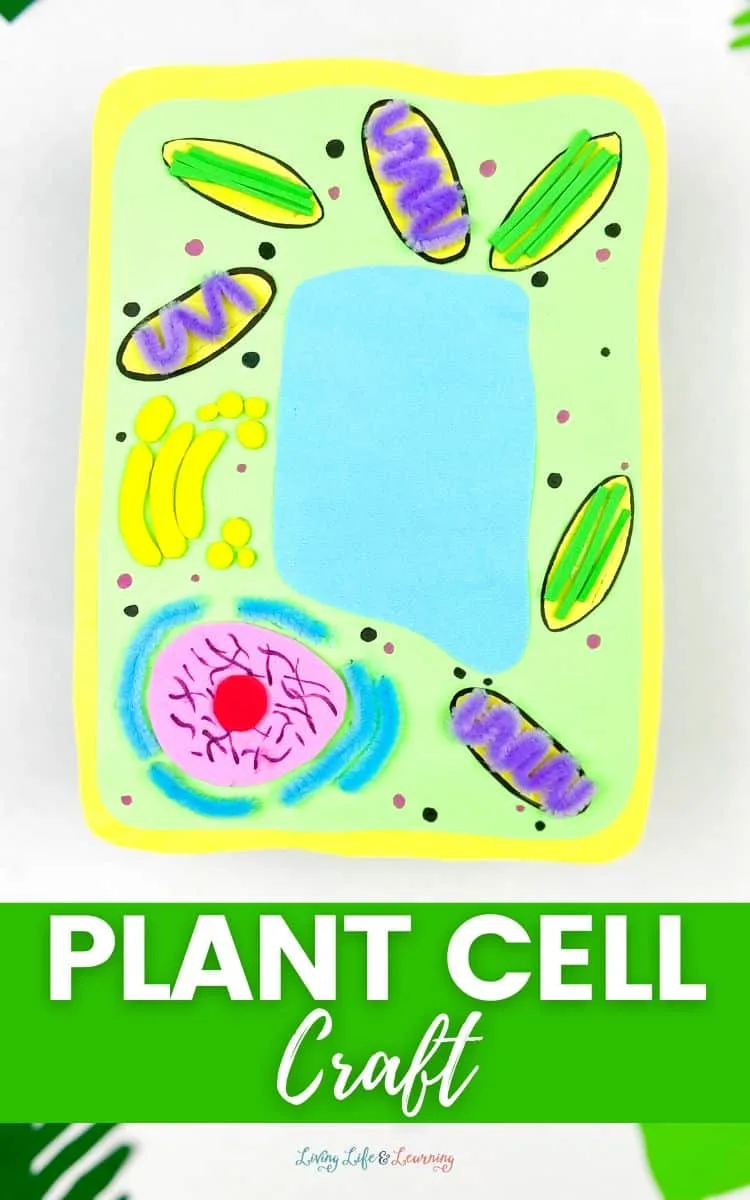
By cutting out shapes from colored paper to represent organelles such as the nucleus, chloroplasts, and cell wall, students can create a vibrant and informative model.
Pipe cleaners can be used to add dimension, creating 3D representations of components like the cytoskeleton or connecting organelles.
Learn more: Living Life and Learning
19. Edible Cell Model
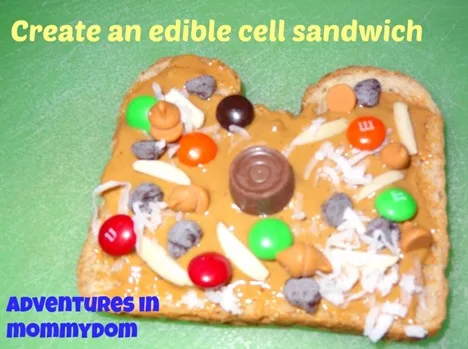
The Edible Cell Model using a sandwich and peanut butter is a fun and engaging way for students to learn about cell structures.
Perfect for classroom activities or science fairs, this edible model encourages creativity and fosters a deeper understanding of cell biology while satisfying taste buds!
Learn more: Adventures In Mommy Dom
20. LEGO Plant Cell
The LEGO Plant Cell project allows students to construct a detailed model of a plant cell using LEGO bricks.
By selecting various colors and shapes to represent organelles like the nucleus, chloroplasts, and vacuoles, students can create a vibrant, three-dimensional representation of plant cell anatomy.

